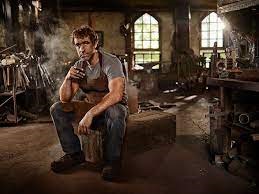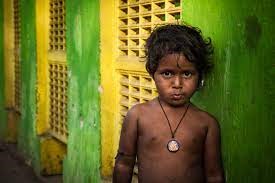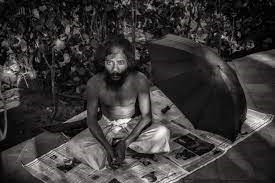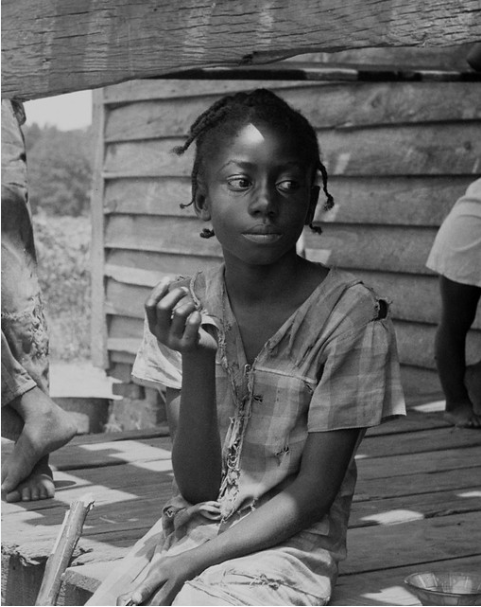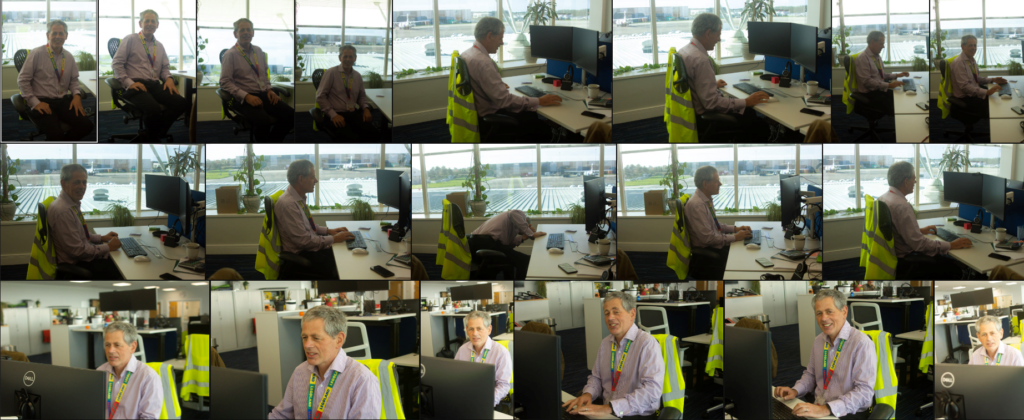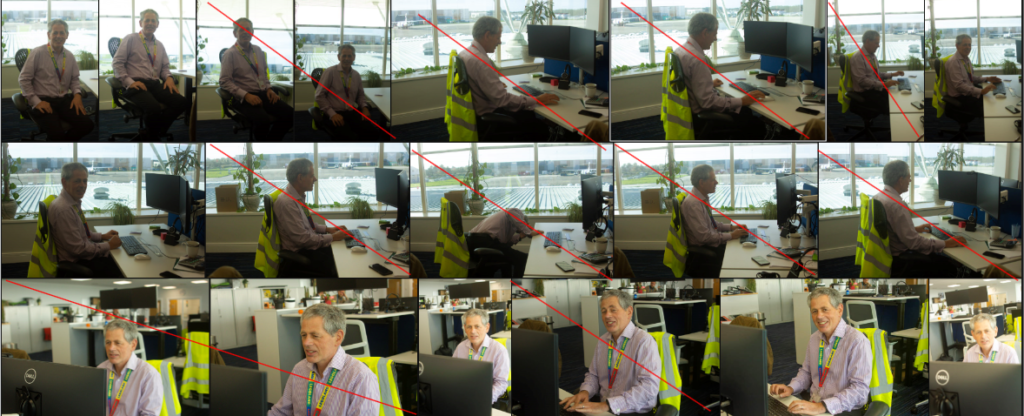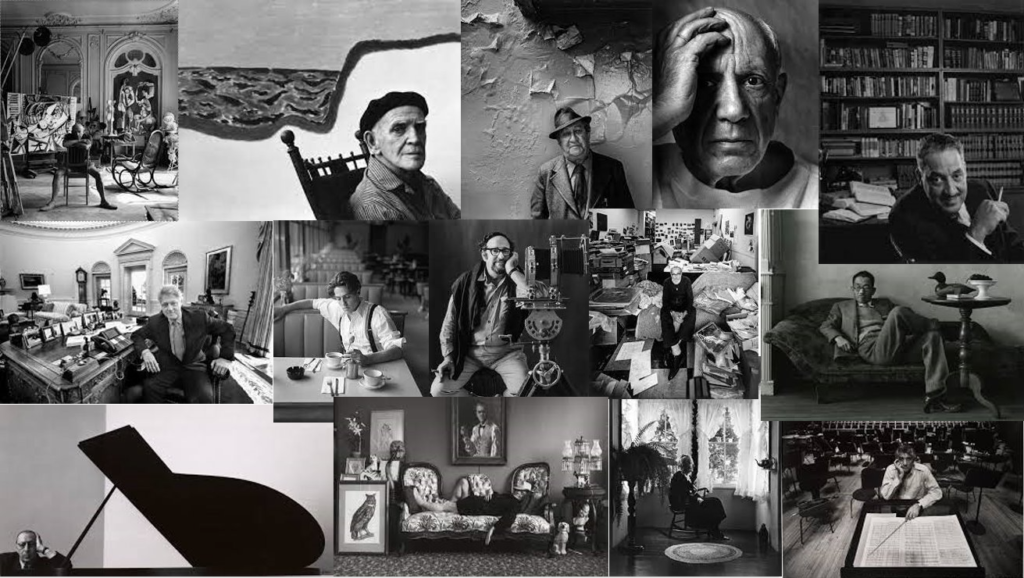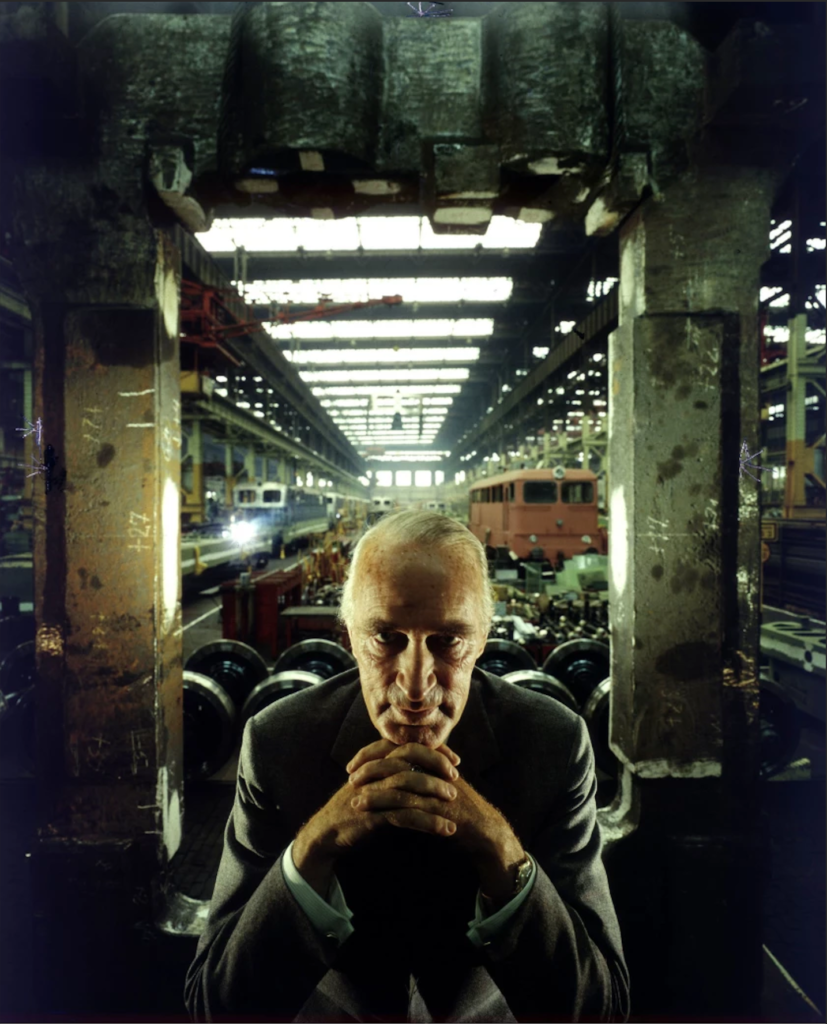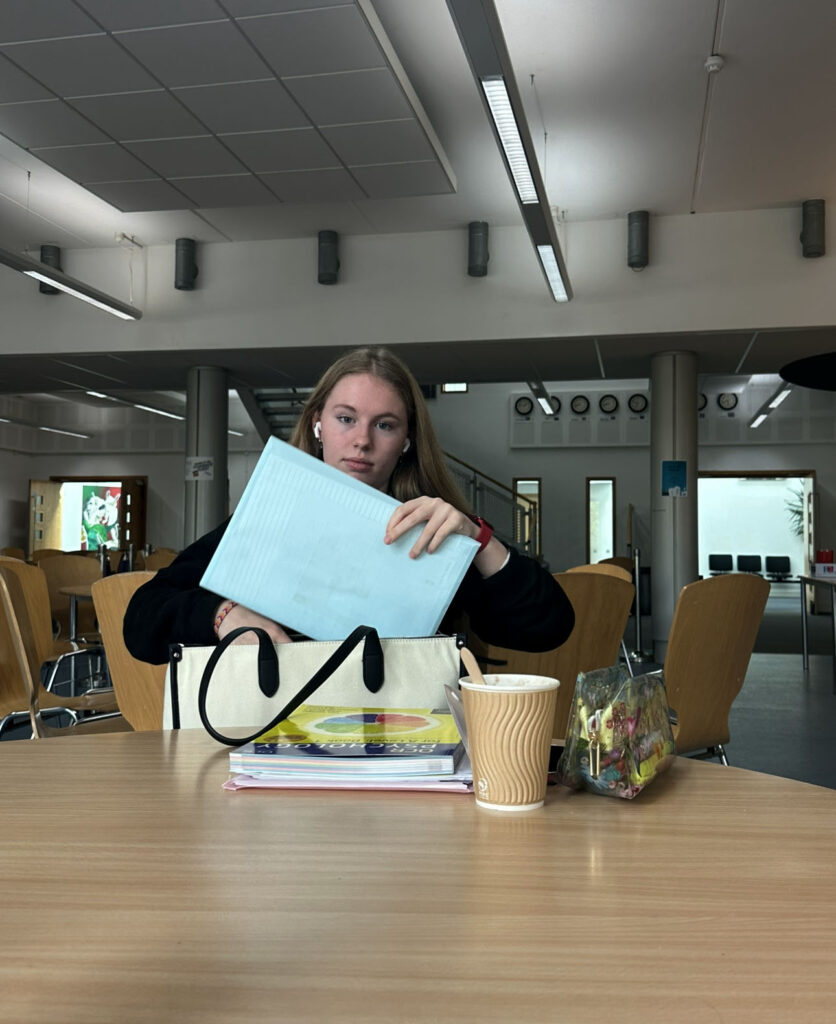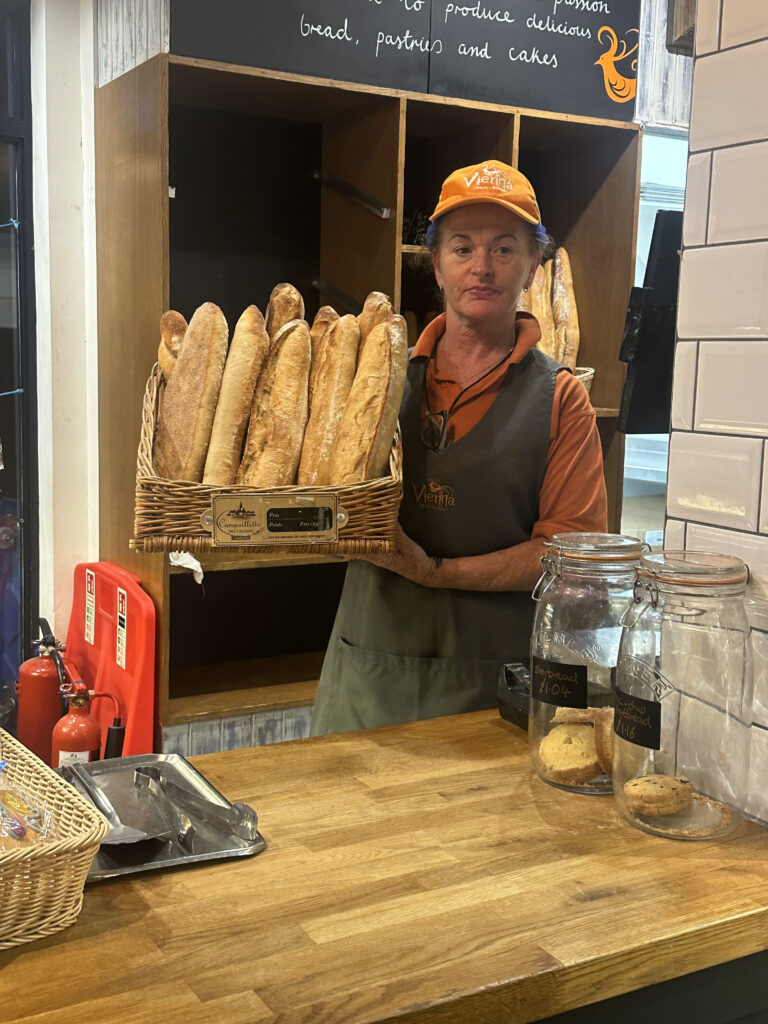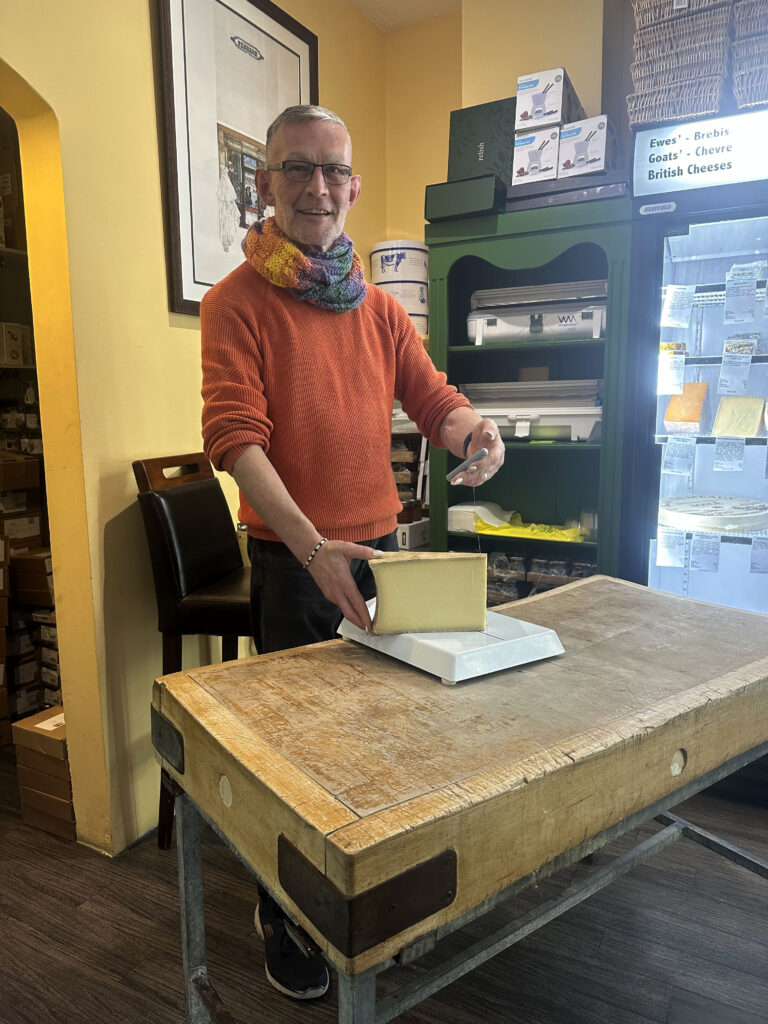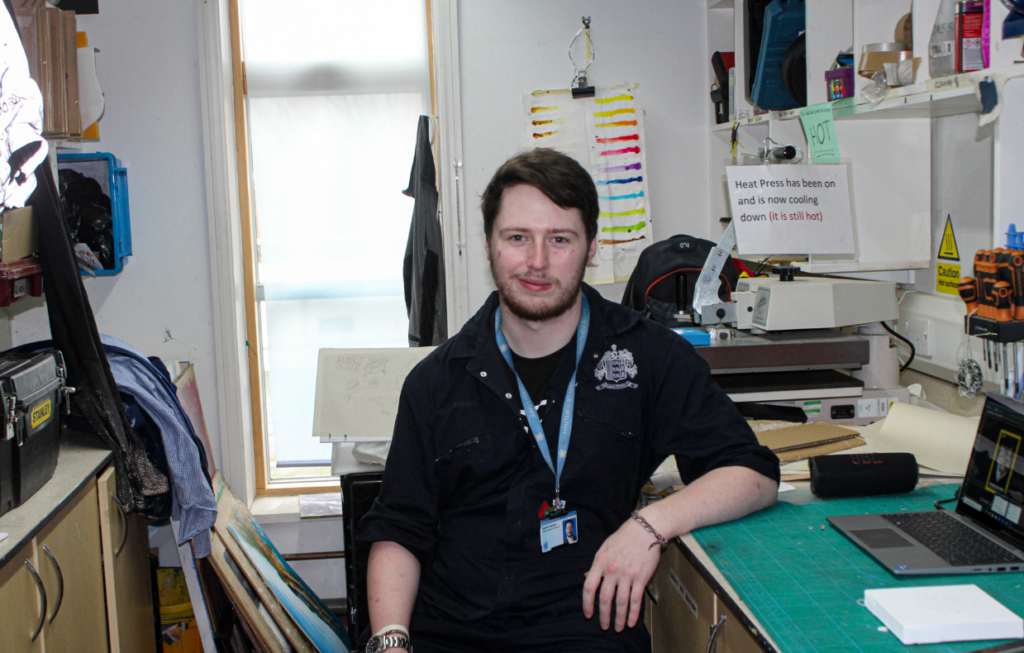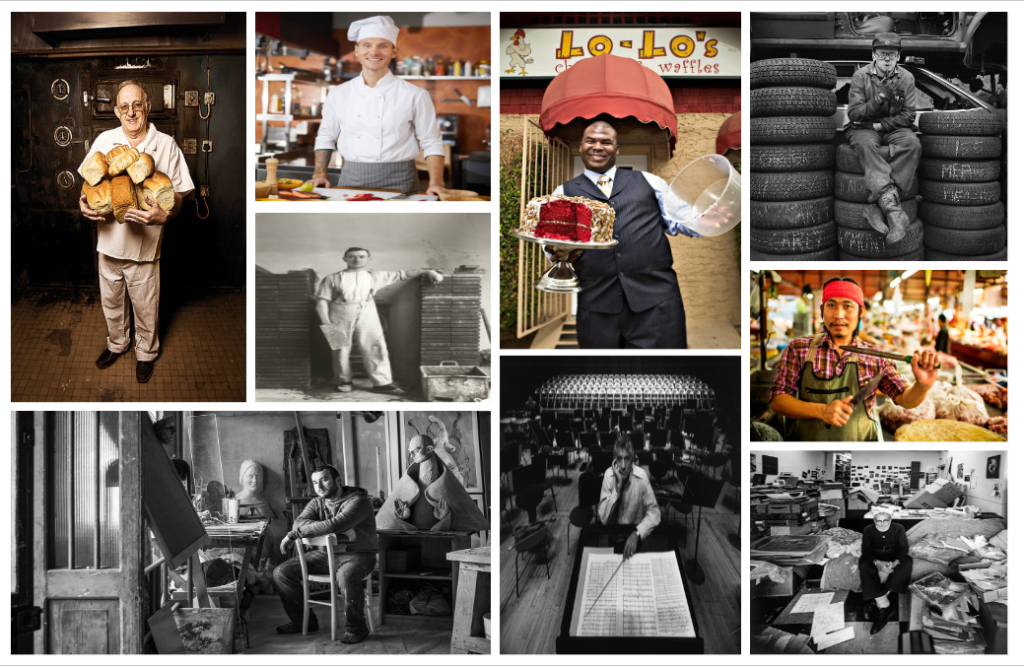Analysis of environmental photographer Mary-Ellen Mark‘s work
Mary Ellen Mark was an American photographer who was known for her photojournalism, documentary photography, portraiture, and advertising photography. Her work documented the lives of marginalized people in the United States and other countries, her work also includes studies of severely ill women at Oregon State Mental Hospital, runaway teenagers in Seattle, Mother Teresa, circuses, and brothels in Bombay. She took photos of these people to show their contribution to society and her own interest in them.
Marginalized people are people who have been historically disempowered and oppressed by influential and discriminatory groups. These people are usually women, people with disabilities, people of colour, LGBTQ+ folks, Indigenous peoples, people of a lower socio-economic status and many more.
I’d rather pull up things from another culture that are universal that we can all relate to.
– Mary-Ellen Mark
She says that the style of her work is somewhat in between a documentary and portrait photography and prefers to use black-and-white film, “for the immediacy and abstraction of it.” However she did occasionally use colour. Her primary tools that she used to take her photographs were plastic, pinhole, and vintage film cameras as her primary tools.
In the mid or late 1960s, Mark had also taken photographs of several important events and places including Times Square, the women’s liberation movement, and the Vietnam War demonstrations.
She was inspired by photography and film when she had first looked through a lens, as well as being inspired by two men named Henri Cartier-Bresson (A French artist and humanist photographer considered a master of candid photography) and Irving Penn (An American photographer known for his fashion photography, portraits, and still life). They had inspired her to take photographs of people that she refers to as “infamous”.
Below are examples of Mark’s environmental portraits;
In this photo we can see a family sitting in a car. Their miserable, upsetting expressions can suggest that they aren’t living a nice life and are maybe outcasts or living in poverty.
In this image we can see a young girl in dirty and torn clothing, and other people standing on what seems like a table with also torn clothing, which can suggest that she comes from a poor background. Her pose expresses that she could be feeling uncomfortable or shy or afraid, her eyes can also suggest that she’s uncomfortable because she isn’t looking at the camera directly.
Her surroundings can suggest that she’s living in a poor environment because of the broken table, she could also come from quite a chaotic background too because of the people that are standing on the tables
Interpretation
In these few examples of Mary-Ellen Mark’s work, we can see a variety of marginalized people who have been photographed in their natural environments. Each of these photographs tell a bit about the background of the subjects by using their surroundings, clothing, facial expressions and their poses.
The majority of the subject’s faces have a blank or melancholy expression and in some of the pictures the subjects don’t even look directly into the camera which can suggest that they are ashamed and/or upset by their living conditions as well as how they are being treated by society.
Mark has wisely used a variety of different angles in her photographs, instead of having the camera face straight on, this makes the images have more life and keeping the camera further away from the subjects shows us more background which give us a better image of what the subject’s environment is like.
The use of black and white films further adds to the sad, melancholy mood that we can see on the majority of the subject’s faces as well as their poses. Most of them have a more cowardly or afraid pose which adds to their sadness.




